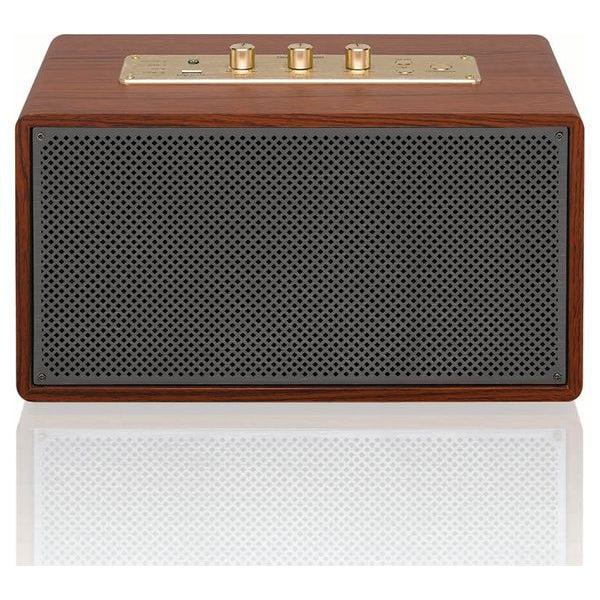Annual update. [Just after the third anniversary of John Caswell's restoration]
One casualty! The Quad II Forty has a failing base under the rectifier valve, So that once it gets warm it goes off! Shift the valve about and it comes back to life. Bloody nuisance. I think Amplabs are at Kempsey, which is not far up the road for me. About half an hour's worth of driving. I have heard good opinions of Amplabs work. Does anyone have any opinion from experience here? I could still take it to Quad HQ at Huntingdon, but is a hundred and thirty-five miles each way, times two as they would certainly want to soak test the amp after a repair. I am less keen than ever on long drives these days, so four times 135 miles is hardly something I would relish.
So the ESL is currently silent, and resting in the other room.
But this means that the Trough-Line is feeding my Sandstrom speaker that does regular duties on DVDs, YouTube, and iTunes. Perhaps it should be no real surprise that it makes the quite inexpensive Sandstrom sound rather fine. If the Leak is not shown up by an ESL, then it probably
is just so, but it is curious that comparing the digital feed for Radio Three with the VHF/FM send on the Trough-Line it really is amazing how much finer the now 65 year old radio is! Spoken voice has that natural balance, and without sibilant emphasis. Music is wonderful balanced, and seeming just as detailed as the digital send, but also seeming to be more placed in a hall or studio, as compared to the digital send, which sounds sometimes disembodied.
There is an artificial edge to the digital send that can make sibilants shine too bright on both spoken and sung voice and that is quite wrong. I always assumed that superior quality of the Leak was due to using the ESL, but on the same speaker as my digital side, it becomes blindingly obvious that, at least with this veteran tuner, VHF/FM is still steps ahead of BBC Sounds. I do not mind that VHF does have a degree of compression dynamically. I find that not only useful [in terms of not annoying my neighbours], but also deals well with the simple fact that ambient domestic back-ground noise is obviously more than that that of a good concert hall.
I suppose that to get the digital side optimised I really one day need to get a
really first rate DAC. Currently I use the headphone out of my Mac mini, though used to have Audiolab mDAC. To be honest, I don't think the mDAC was discernibly different from what the Mini does with the D to A conversion.
The Trough-Line is surely the equal best piece of replay equipment I have ever had - alongside my ESL.
Best wishes from George
PS: This is the [active] speaker in question:
Fifteen inches wide, and seven and half high and deep. Amazing, and, of course, discontinued.



 IMG_8547
IMG_8547